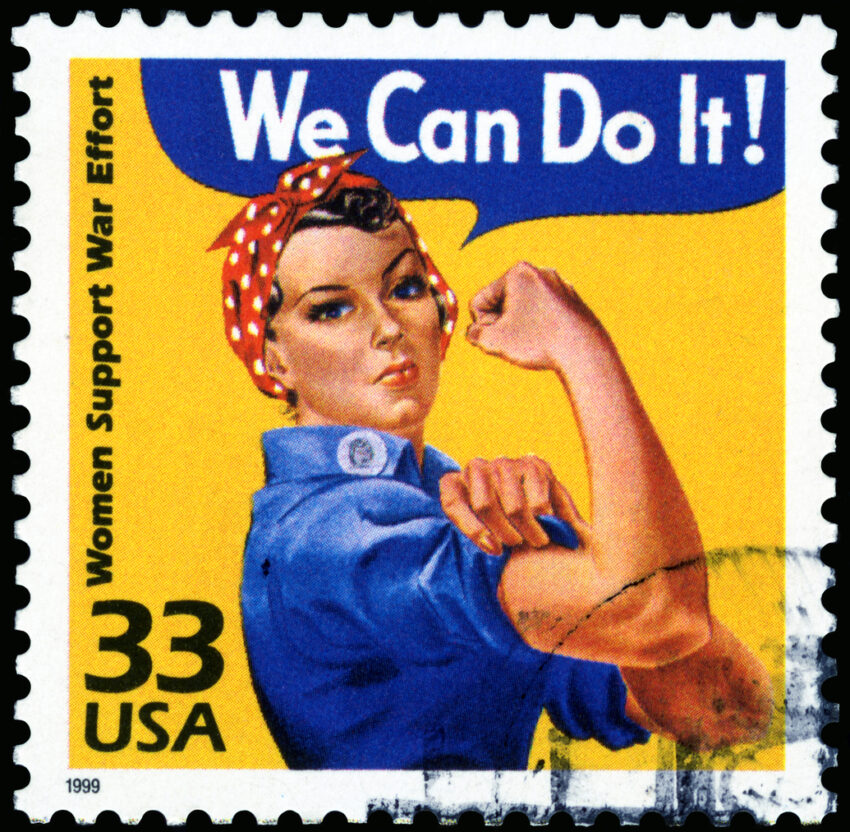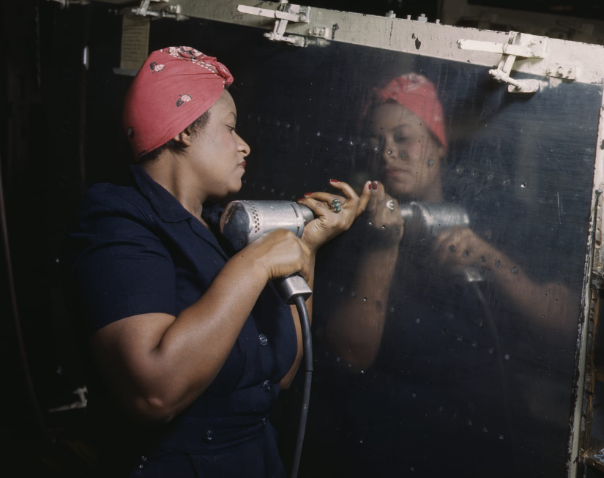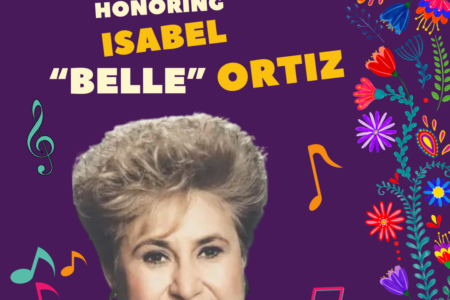
Share On Social!
It’s that time of year again!
Join us as we recognize the historic achievements of Latinos in honor of National Hispanic Heritage Month Sept. 15 – Oct. 15, 2022.
We’re kicking off this year’s celebration by highlighting the sacrifices of Latina “Rosies” who helped the US war effort during World War II.
What Are Rosies?
You may have seen the famous image of Rosie the Riveter – a determined, hard-working woman flexing her arm alongside the message, “We Can Do It!”
Rosie, now an iconic image for female empowerment, was the star of a campaign to recruit women into traditionally male-held jobs during World War II.
As males enlisted to serve in the war, women entered the workforce in never-before-seen numbers to offset the labor shortage, particularly in industrial factory jobs.
These women who worked in factories were known as “Rosies.”
The Rise of Latina Rosies
Among these women who took on the challenge of factory jobs, thousands were Latina – both from the US and Mexico.

One was Francisca Miranda, who lived in Tiajuana, Mexico, but was granted permission to cross the border for factory work.
Another Latina Rosie, 102-year-old Mary Fierros, of San Jose, California, recalls her experience working in a factory helping construct airplane wings. It was her first time working with factory equipment, including a riveter machine, which is used to join materials, such as metal, together.
“They gave me an apron, I put the apron on, and then they told me ‘you have to go get the gun,'” Fierros told Noticias Telemundo Los Angeles (published in English for NBC Los Angeles).
“I said ‘Oh my God! The gun!’ They told me, ‘Yes.’ I told them I’d never touched a gun, and they told me ‘That’s a riveter machine, Mary!’ I didn’t know the difference.”
Pushing Past Challenges
Although some Latina Rosies faced discrimination and language barriers, they remained strong and played an integral role in supplying the US military with vital equipment.
For example, Fierros remembers sitting in the back of the work transportation bus next to Black people who were also segregated at the time. If she sat anywhere else, she faced hostility.
“I would sit down and they would turn like this [to one side]. They didn’t even want to touch me because I was Mexican,” Fierros told Noticias Telemundo Los Angeles.
Latina Rosies Are Heroes
Despite the challenges of language barriers, discrimination and racism, and an unfamiliar and harsh working environment, Latina Rosies earned their place in US history as heroes of the war effort.
Interested in learning more?
Check out these pictures that depict the hard work of all Rosies.
You can also learn more about Rosies’ experiences at the museum dedicated to them in Richmond, California.
Want to Improve Communities for Latinos?
You can make a difference in your community, too.
Explore what health equity looks like in your area by Health Equity Report Card from Salud America! at UT Health San Antonio.
This report card has maps and data visualizations that shows inequities in local access to healthcare, food, education, and other social determinants of health.
You can use the data to write a grant or advocate for your neighbors. Share on social and present the Health Equity Report Card to your local leadership to spur system change!
Get your Health Equity Report Card!
Explore More:
Embracing All PeopleBy The Numbers
44
million
immigrants live in the United States



